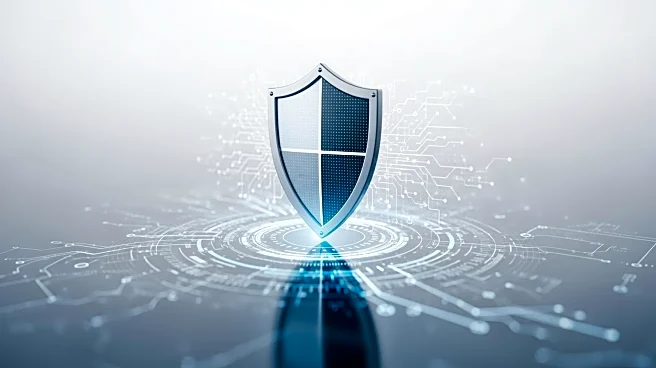What's Happening?
Phishing remains a significant threat to data security, accounting for 15% of all data breaches according to IBM. Despite widespread awareness and training programs, enterprises continue to face successful
phishing attacks. Naama Ilany-Tzur, an assistant teaching professor at Carnegie Mellon University, highlights the ineffectiveness of current phishing training methods. She suggests that security leaders need to reassess their strategies, identify gaps, and explore new approaches to better protect their organizations from these persistent threats.
Why It's Important?
The ongoing vulnerability to phishing attacks poses a substantial risk to enterprises, potentially leading to data breaches and financial losses. As phishing techniques evolve, traditional training methods may not suffice, necessitating innovative solutions to enhance employee awareness and response. This situation underscores the need for security leaders to adapt their strategies, ensuring robust protection against cyber threats. The effectiveness of these measures is crucial for safeguarding sensitive information and maintaining trust in digital systems.
What's Next?
Security leaders are expected to explore alternative training methods and technologies to improve phishing defense mechanisms. This may involve integrating advanced tools and techniques to simulate phishing scenarios more effectively, thereby enhancing employee preparedness. Additionally, organizations might consider collaborating with cybersecurity experts to develop tailored training programs that address specific vulnerabilities. As the threat landscape continues to evolve, ongoing evaluation and adaptation of security strategies will be essential to mitigate risks.
Beyond the Headlines
The persistent challenge of phishing attacks highlights broader issues in cybersecurity education and awareness. It raises questions about the effectiveness of traditional training methods and the need for continuous innovation in security practices. Furthermore, it emphasizes the importance of fostering a culture of vigilance and proactive defense within organizations, encouraging employees to remain alert and informed about potential threats.











